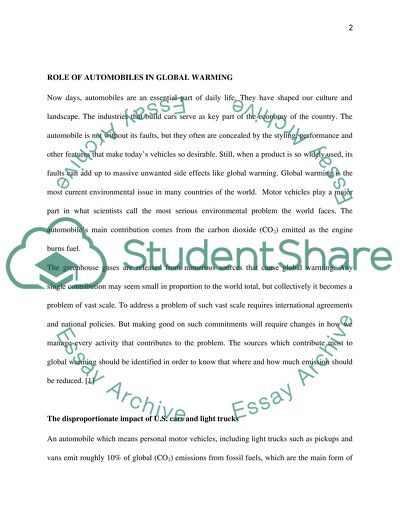Cite this document
(“Urban economics Term Paper Example | Topics and Well Written Essays - 1750 words”, n.d.)
Retrieved from https://studentshare.org/macro-microeconomics/1415211-urban-economics
Retrieved from https://studentshare.org/macro-microeconomics/1415211-urban-economics
(Urban Economics Term Paper Example | Topics and Well Written Essays - 1750 Words)
https://studentshare.org/macro-microeconomics/1415211-urban-economics.
https://studentshare.org/macro-microeconomics/1415211-urban-economics.
“Urban Economics Term Paper Example | Topics and Well Written Essays - 1750 Words”, n.d. https://studentshare.org/macro-microeconomics/1415211-urban-economics.


